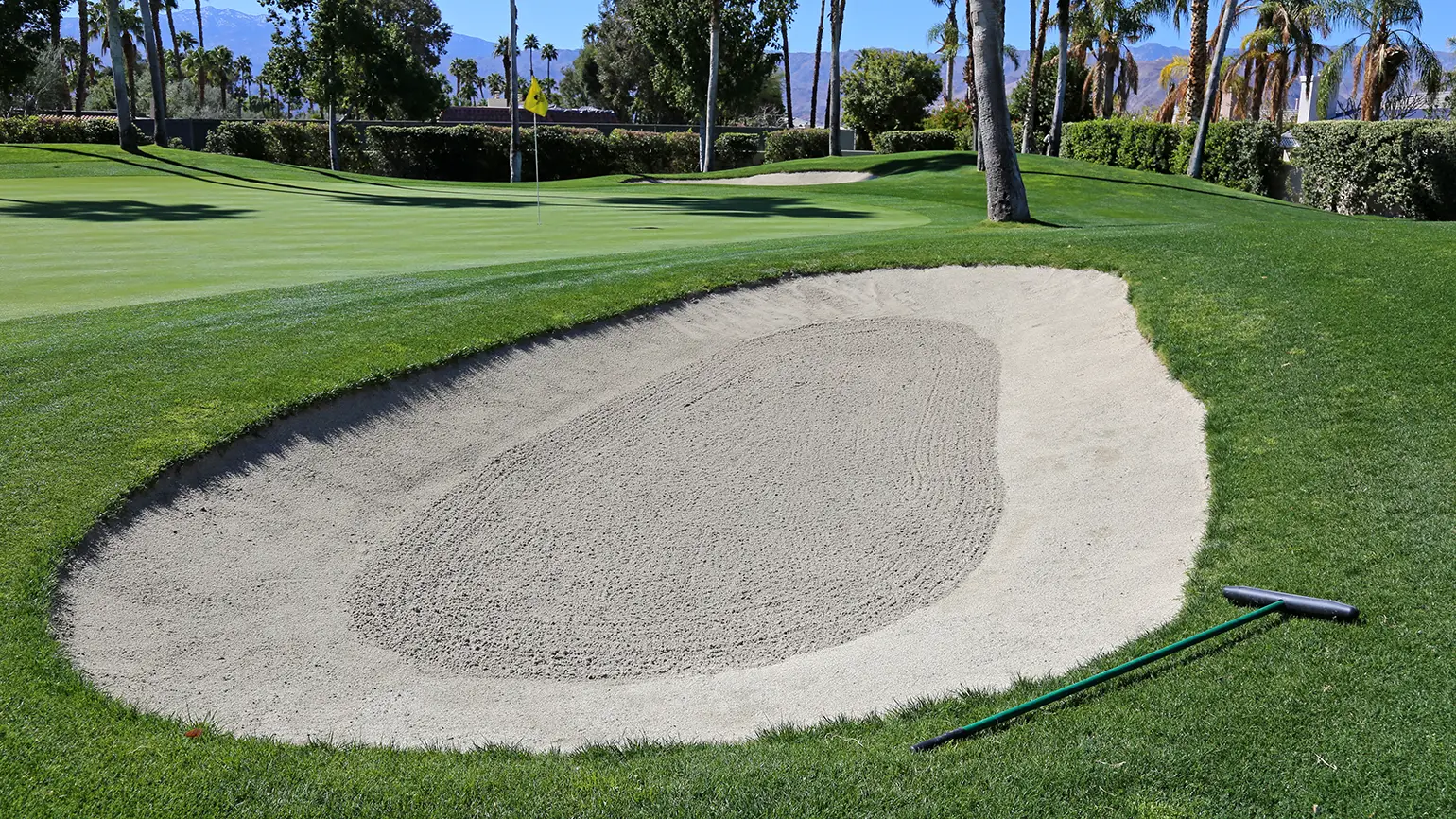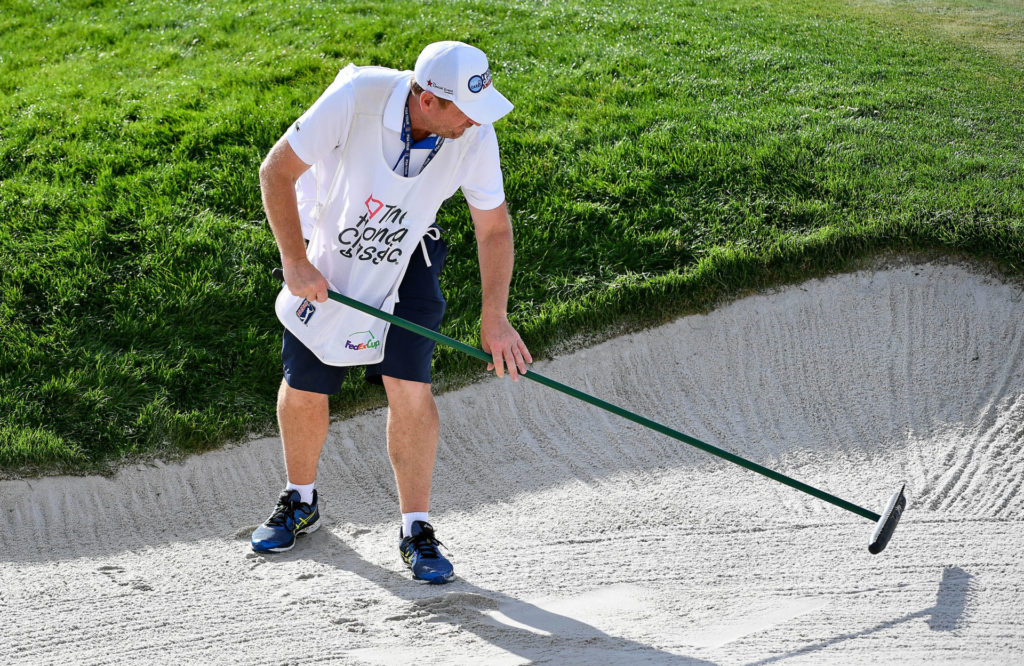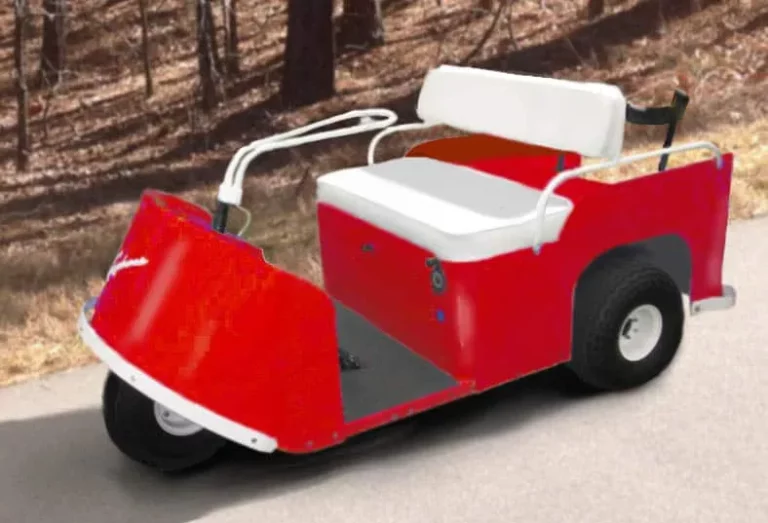How To Rake A Bunker

Golf is a game of precision, and bunkers are one of the key obstacles that golfers encounter on the course. These sandy pits can be both beautiful and challenging, and it’s essential to keep them in good condition to ensure a fair game for all. That’s where bunker raking comes in.
Raking a bunker may seem like a simple task, but it requires a certain level of skill and attention to detail. The goal of raking is to create a smooth, consistent surface in the sand, free of debris and footprints. This not only makes the bunker more visually appealing but also ensures that golfers can hit their shots from a level surface.
Proper bunker maintenance is essential to the overall health of a golf course. A poorly maintained bunker can cause damage to golf clubs, make it difficult for golfers to hit their shots, and detract from the overall beauty of the course. By taking the time to rake the bunkers properly and maintain them regularly, golfers can help ensure that the bunkers on their course are in top shape.
In this article, we’ll provide you with step-by-step instructions on how to rake a bunker, tips for maintaining and caring for bunkers, and guidelines for bunker etiquette and rules. We’ll also cover the different types of bunkers and how to approach raking each type. Whether you’re a seasoned golfer or a beginner, this guide will help you keep the bunkers on your course in top shape.

Preparing to Rake a Bunker
Before you begin raking a bunker, there are a few things you should do to prepare. First, make sure you have the necessary equipment. You’ll need a rake, gloves, and possibly a broom to sweep up any debris. If you don’t have a rake, you can usually borrow one from the course.
Next, check the bunker rules and etiquette for the course. Some courses may have specific guidelines for raking bunkers, such as starting from the outside and working inward. It’s important to follow these rules to ensure that the bunkers are raked consistently across the course.
Finally, assess the condition of the bunker. If there are any large rocks or debris in the sand, remove them before you start raking. This will help prevent damage to your rake and ensure that the sand is smooth and consistent.
How to Rake a Bunker
Now that you’re prepared to rake the bunker, let’s get started. Follow these step-by-step instructions to rake the bunker properly:
- Start from the center of the bunker and work outward. Use the rake to pull the sand towards you, creating a ridge around the outside of the bunker. This ridge will help contain the sand and prevent it from spilling out of the bunker.
- Once you’ve created the ridge, begin working your way back towards the center of the bunker, raking the sand in smooth, consistent strokes. You should be pulling the rake towards you, not pushing it away from you. This will help create a consistent pattern in the sand.
- Use the back of the rake to smooth out the sand, removing any footprints or other indentations. This will help ensure that the sand is even and consistent throughout the bunker.
- Finally, use the rake to flatten the bunker floor. This will create a smooth, level surface for golfers to hit their shots from.
It’s important to note that raking a bunker can be time-consuming and labor-intensive. It’s okay to take breaks and switch hands to avoid fatigue. And remember, practice makes perfect!
Maintenance and Care
Proper maintenance is key to keeping the bunkers in good condition. Here are some tips for maintaining your course’s bunkers:
- Rake the bunkers regularly. Depending on how much play the course gets, this could be daily or weekly. Keeping the sand consistent and free of debris will help prevent damage to the bunkers.
- Repair any damage to the bunkers as soon as possible. This includes fixing footprints, smoothing out ball marks, and removing any animal damage. The longer you wait to fix these issues, the more damage they can cause to the bunker.
- Avoid using motorized vehicles in or around the bunkers. This can cause damage to the sand and make it difficult to rake properly.
- Consider adding drainage to the bunkers. If your course is prone to heavy rain or flooding, adding drainage can help prevent damage to the bunkers.
Etiquette and Rules of Bunker Raking
Following proper etiquette and rules is essential to maintaining the bunkers on your course. Here are some guidelines to follow:
- Start raking the bunker from the center and work outward
- Use a light touch when raking. You don’t want to create deep furrows or trenches in the sand.
- Avoid stepping in the bunkers if possible. If you need to enter the bunker to rake a specific area, step lightly and avoid dragging your feet.
- When you’re finished raking the bunker, smooth out any footprints or other indentations you may have made.
- Be courteous to other golfers by raking bunkers after you’ve hit your shot. If you’re playing in a group, take turns raking bunkers to ensure that the workload is evenly distributed.
Remember, the condition of the bunkers reflects on the course and the golfers who play there. By following proper etiquette and rules, you can help ensure that the bunkers on your course are in top shape.
Types of Bunkers
There are several types of bunkers you may encounter on a golf course. Each requires a slightly different approach to raking:
- Fairway bunkers: These are usually located in the middle of the fairway and are designed to challenge golfers with their shots. When raking fairway bunkers, start from the center and work outward, just like you would with a green-side bunker.
- Green-side bunkers: These are located near the green and can be challenging for golfers trying to make their approach shots. When raking green-side bunkers, start from the outside and work inward.
- Waste bunkers: These are typically large areas of sand that are not considered hazards. They may be located on the course or on the driving range. When raking waste bunkers, focus on keeping the sand consistent and free of debris.
Common Bunker Problems and Solutions
Even with proper maintenance, bunkers can develop problems over time. Here are some common issues and how to fix them:
- Footprints: Footprints can create an uneven surface in the bunker and make it difficult for golfers to hit their shots. To fix footprints, use the back of the rake to smooth out the sand and create a consistent surface.
- Ball marks: When a golf ball lands in a bunker, it can leave a mark in the sand. To fix ball marks, use a sand trap rake or your feet to smooth out the sand around the mark.
- Animal damage: Animals like squirrels and birds can dig holes in bunkers, making them difficult to rake. To fix animal damage, fill in the holes with sand and rake the bunker as usual.
Conclusion
Raking a bunker may seem like a simple task, but it requires practice and attention to detail. By following proper techniques, maintaining the bunkers regularly, and following etiquette and rules, you can help keep the bunkers on your course in top shape. Remember, the condition of the bunkers reflects on the course and the golfers who play there. By taking care of the bunkers, you can help make your course more enjoyable for everyone who plays there.




